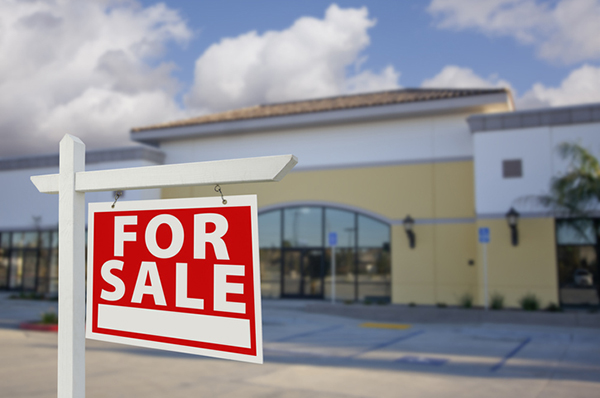CBRE report highlights emerging trend of retail to industrial/logistics space conversion
In a report, entitled “Trading Places: Retail Properties Converted to Industrial Use,” which was published this week, CBRE explained the main driver for this is due largely to shifting consumer preferences for e-commerce and in-store omnichannel platforms.
Slowly but surely, a conversion from vacant retail properties to industrial retail space appears to be under way. That is the word from Los Angeles-based industrial real estate firm CBRE.
In a report, entitled “Trading Places: Retail Properties Converted to Industrial Use,” which was published this week, CBRE explained the main driver for this is due largely to shifting consumer preferences for e-commerce and in-store omnichannel platforms.
CBRE made it clear that while this shift is intact, it has a long way to go, as there are 24 retail-to-industrial projects that have been initiated since 2016, turning a cumulative 7.9 million square-feet of former retail space into 10.9 million square-feet of new industrial space through in two different ways, the conversion of the existing retail structure or replacing it on-site with new industrial construction.
“This is definitely an emerging trend,” explained David Egan, CBRE Global Head of Industrial & Logistics Research, in an interview. “When we first started this, I would have guessed there were maybe ten examples [of retail to industrial/logistics conversion]. It is more than expected, but 24 is still not that many, and it is more of an emerging trend than I expected and is still a long way from being established. It is not really the first pitch of the game, but there is a ways to go before it becomes a broad, secular trend.”
As for the types of retail conversions that are being converted to industrial/logistics space, the CBRE report said these projects are primarily located in areas with a median household income rate below the national average and in markets that have an industrial vacancy rate below 5%, serving as indicators that CBRE said increase industrial usage value in locations that no longer support typical retail concepts.
And it added that structures like freestanding big-box retail stores that are closer to population centers than warehouse districts are viewed as “primary candidates for conversion,” noting that retail structures that typically offer dock doors, ample parking and clear heights compatible with industrial usage are ideal.
These locations are being utilized by large retailers that are expanding their omnichannel platforms, said CBRE. Typical locations ripe for conversion include larger-scale vacant retail properties like regional malls and community centers. These are often purchased by industrial developers and subsequently demolished for new physical construction to prospective space users’ physical requirements. And previous big box retail store locations have been left standing and repurposed for industrial use into distribution centers, too.
Egan said that, at the moment, of the 24 retail-to-industrial projects that have taken place going back to 2016, it is roughly an even split of locations being demolished or repurposed.
“It really depends on what the actual project looks like,” he said. “You are not going to get a 1 million square-foot distribution center out of something like this, it is not going to happen…unless you are replacing an entire shopping mall maybe [depending on the physical footprint].”
Given the ongoing theme of demand outpacing available industrial real estate supply, coupled with the need for locations to be closer to consumers to better expedite last mile logistics efforts, Egan said that the concept of retail to industrial conversion carries additional weight and has potential, as more consumers are opting to shop online.
He described it as a natural “matching up” of one area that has excess supply and another that has constrictive supply.
“That is the idea, and there are some examples of where that is happening in the real world but it is hard to implement, because the repurposing of real estate is hard to do, as it relates to execution,” he noted. “It will take some time…and these types of things take a while to work through the system.”
Looking ahead to the future, Egan said that with the broad shifts occurring in the retail environment, it is important to remember that the “extinction” of physical retail locations can be viewed as overblown at times, while acknowledging some U.S. regions are struggling in that respect.
“In those cases, it may be hard to recover and those are the types of areas that can be viewed as targets for conversion,” he said. “But, again, these things take time and are methodical. I would expect this trend to continue and evolve. I just expect it will take a lot longer than conventional wisdom would suggest. It is not a flash in the pan or anything like that.”
United States-based markets with retail-to-logistics industrial projects going back to 2016 identified by CBRE in the report include: Southern California’s Inland Empire, Salt Lake City, Denver, Dallas/Forth Worth, Houston, Kansas City, Memphis, Milwaukee, Chicago, Toledo, Cincinnati, Detroit, Cleveland, Columbus, Atlanta, Tampa, the I-781 and I-81 corridors in Pennsylvania, and Baltimore.













